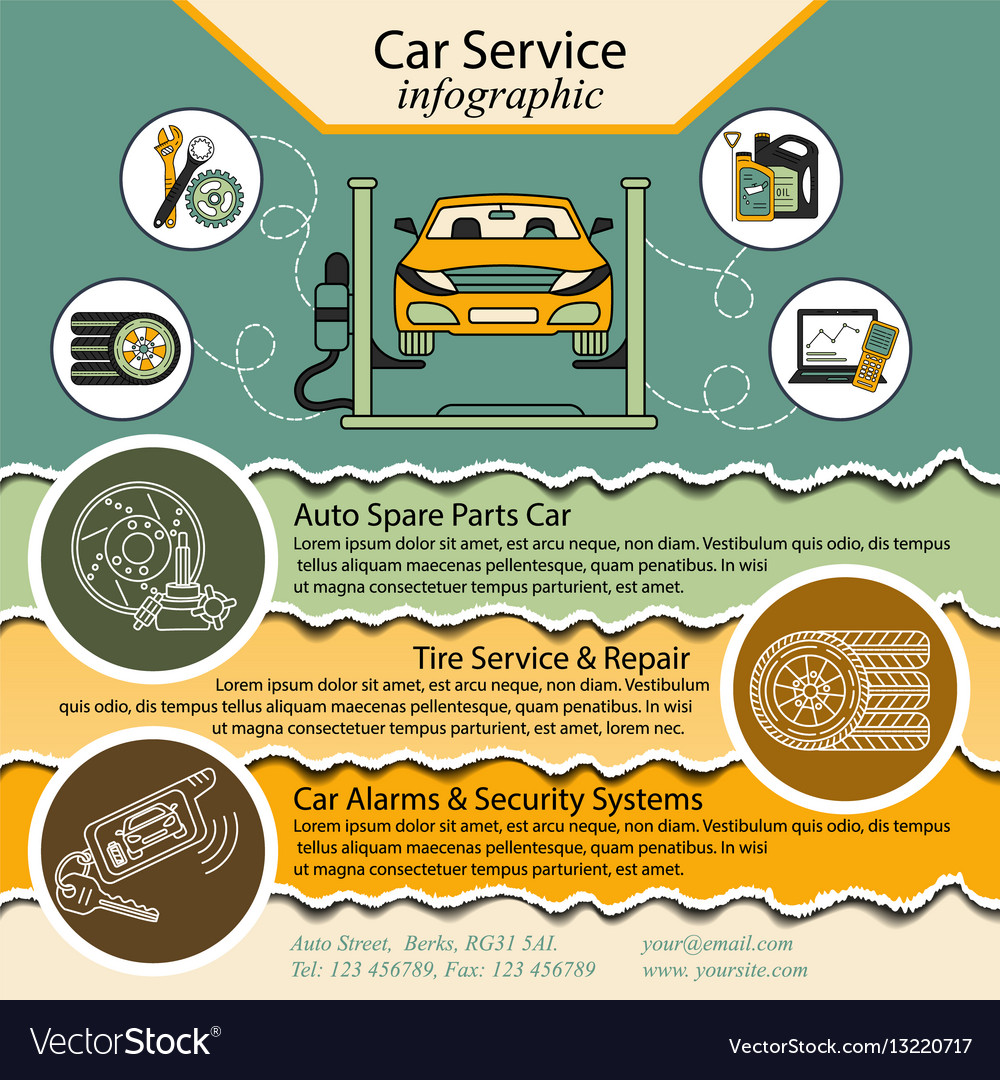Intrigued In Comprehending The Warning Lights On Your Cars And Truck'S Dashboard? Discover Their Relevance For Your Lorry'S Safety And Security And General Condition
Intrigued In Comprehending The Warning Lights On Your Cars And Truck'S Dashboard? Discover Their Relevance For Your Lorry'S Safety And Security And General Condition
Blog Article
Write-Up Created By-Boye Stark
When you lag the wheel, those glowing warning lights on your control panel can be a little bit complicated. Do you understand what they're attempting to inform you concerning your vehicle's health and wellness? Comprehending the importance of these lights is vital for your safety and the longevity of your car. So, the following time among those lights pops up, would not you intend to decipher its message properly and take the needed actions to resolve it?
Common Warning Lighting and Interpretations
Recognize typical caution lights in your cars and truck and comprehend their significances to guarantee secure driving.
One of the most typical caution lights consist of the check engine light, which indicates issues with the engine or emissions system. If this light comes on, it's important to have your lorry checked promptly.
https://josuebuqkd.blogsmine.com/30414720/witness-the-amazing-revival-of-an-ignored-lorry-highlighting-the-remarkable-efficiency-of-experienced-detailing-methods-it-makes-sure-to-take-your-breath-away warning light indicates low oil stress, requiring prompt interest to prevent engine damages.
A blinking battery light could suggest a defective billing system, potentially leaving you stranded otherwise dealt with.
The tire pressure monitoring system (TPMS) light signals you to low tire stress, impacting automobile stability and gas efficiency. Neglecting this might lead to harmful driving problems.
The abdominal light suggests a problem with the anti-lock stopping system, endangering your capability to quit promptly in emergencies.
Last but not least, the coolant temperature level advising light warns of engine getting too hot, which can lead to severe damages if not fixed promptly.
Understanding these usual warning lights will help you deal with concerns without delay and preserve secure driving conditions.
Value of Prompt Interest
Recognizing the typical caution lights in your cars and truck is just the initial step; the value of without delay addressing these cautions can not be emphasized sufficient to ensure your security when driving.
When a warning light illuminates on your dashboard, it's your car's method of interacting a potential problem that requires interest. Disregarding these cautions can cause a lot more extreme troubles down the road, endangering your safety and security and possibly costing you much more out of commission.
Trigger interest to cautioning lights can protect against malfunctions and crashes. As an example, a flashing check engine light can show a misfire that, if left unattended, could trigger damages to the catalytic converter. Resolving this promptly can conserve you from a costly repair work.
Similarly, a brake system warning light may signal low brake liquid or worn brake pads, essential parts for your safety and security when driving.
DIY Troubleshooting Tips
If you see a caution light on your control panel, there are a couple of DIY repairing tips you can attempt prior to seeking specialist assistance.
supplemental resources is to consult your car's manual to understand what the specific caution light indicates. Sometimes the concern can be as easy as a loose gas cap activating the check engine light. Tightening the gas cap may solve the issue.
Another common problem is a low battery, which can set off numerous cautioning lights. Inspecting the battery connections for deterioration and guaranteeing they're safe and secure could deal with the trouble.
If a warning light persists, you can attempt resetting it by separating the auto's battery for a couple of mins and afterwards reconnecting it. In addition, checking your automobile's liquid degrees, such as oil, coolant, and brake fluid, can aid troubleshoot cautioning lights related to these systems.
Conclusion
Finally, recognizing your automobile's caution lights is vital for maintaining your automobile running smoothly and safely. By promptly dealing with these notifies and recognizing what they suggest, you can avoid expensive repair work and potential malfunctions.
Keep in mind to consult your vehicle's guidebook for specific details on each cautioning light and act appropriately to make certain a trouble-free driving experience.
Stay educated, remain risk-free when driving!
